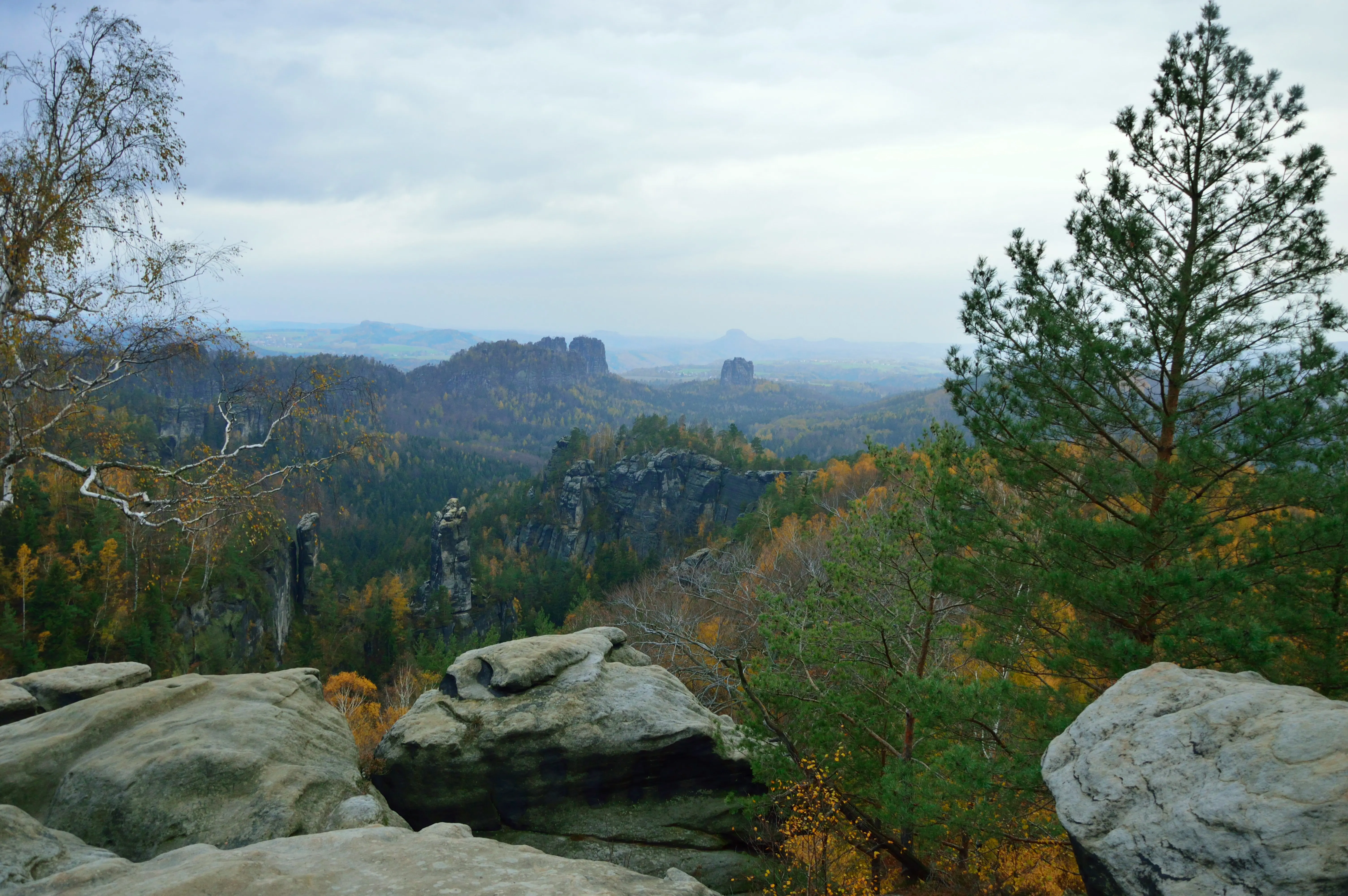Mountains Are Shifting, and This Tech Can Tell Us When

Avalanches, rockfalls, and ice collapses don’t announce themselves. One moment, the mountain is quiet. The next, thousands of tons of debris are in motion. But now, researchers at ETH Zurich have developed a tool that may change how we predict these deadly events, and how we respond.
At the heart of the breakthrough is a 3D simulation model capable of mapping and forecasting alpine mass movements with unprecedented accuracy. The model doesn’t just account for snow or rock, it integrates snow, ice, water, rock, and even air resistance into a single dynamic system, offering a far more complete picture of how real-world avalanches unfold.
“These events are complex, and until now, our models have been oversimplified,” the ETH team explained.
Using this high-resolution approach, scientists can simulate entire disaster scenarios, like a collapsing glacier edge or a landslide triggered by intense rainfall, and predict not just if an avalanche will happen, but where it will go, how fast it will move, and how dangerous it could become.
The stakes are high. Every year, avalanches kill hundreds of people and damage infrastructure from the Alps to the Himalayas. As climate change accelerates glacial melt and slope instability, these risks are growing, and current forecasting methods are struggling to keep up.
This new tool isn’t just for scientists. It’s designed to support emergency responders, engineers, and land-use planners, helping them make faster, safer decisions in high-risk zones. From planning ski resorts to reinforcing bridges, the data could inform life-saving choices.
The model is also open-ended, meaning it can evolve with new data, like adding drone footage or integrating satellite climate projections.
In a time when the ground beneath us is literally shifting, this research offers something rare: a way to see danger before it happens, and to prepare accordingly.